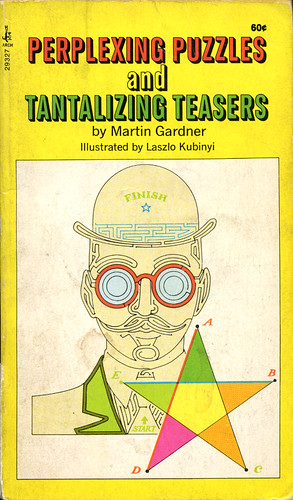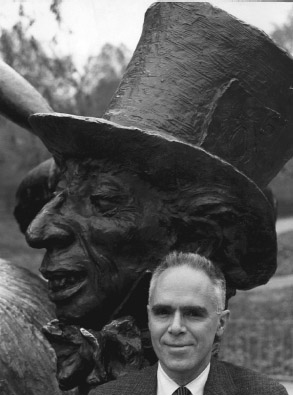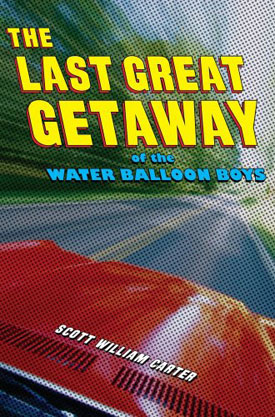 by Stuart Gibbs
by Stuart GibbsSimon and Schuster 2010
When the recently-deceased hippo mascot of a zoo turns out to have been murdered it falls to a 12 year old boy to solve the mystery none of the adults seem to be able to, but not without the help of a girl.
Did that sound cynical? Huh, I wonder why.
Could it be another mystery (albeit with an unusual victim) solved by a kid where no adult seems able to get to the bottom of things? Could it be that the boy, who is all action and no thought, absolutely could not have solved anything without the help of the girl whose father own the zoo? Could it be because it's impossible to imagine such an immense zoo run by so many incompetent adults?
And don't get me started about ANOTHER book where the boy needs a smart girl to solve the mystery.
I was trying to understand why this bothered me so much, why there's such a line in sand between smart kids and dumb adults in fiction, and I think it's a misreading of what kids want. To a kid's perspective everything adults do, they way they think and behave, comes with a set of knowledge that was developed over time. The world of a kid runs by its own rules and the conflict comes when what they think bumps against the harsh reality. It's the struggle of trying to puzzle out the world.
But the way this gets represented in books is that there is an external problem to be solved and only the kids care enough to take it, only the kids are smart enough to get to the bottom of things. The adults are obstacles meant to complicate plot but not to represent a real conflict between kid-think and adult-think.
So in Belly Up, when Teddy Fitzroy decides he needs to report the FunJungle mascot, Henry the Hippo, has been murdered the police right him off with all the gruff derision of a b-movie cop. Large Marge, the beat security guard, is physically just a mountain to outrun. The zoo director Martin del Gato is a Snidley villain to glower (and one can imagine twirling a mustache) and make people's lives miserable because his life is miserable. The only reason Teddy is smarter than the adults is because he is surrounded by stereotypes and not adults.
This is no less true in Hiassen's Hoot or Sacher's Holes, though both of those books are better at this sort of game because they bother to develop characters in the process. For Hiassen there is a dynamic between recent transplant Roy, runaway Mullet Fingers, and his bruiser of a sister Beatrice that underscores their very different personalities and upbringings. For Sacher there is a layer of magical realism in both Stanley's family history and in locale. Gibbs tries, I think, to give Teddy a concerned wildlife researcher for a mother that feeds the boy's desire to see justice done over a murdered hippo, but if his mother was really that concerned she would have actually done more to stop the building of this farcical zoo before it ever opened. I don't buy the "she was promised to supervise that it was done right" argument because principled individuals are wary of too-good-to-be-true offers like this, especially from wealthy industrialists who build mammoth zoos on a whim for the sake of their young daughters.
Gibbs does write with insider's knowledge of zoos, showing the ugly underbelly of what it means to "educate" and entertain people with exotic animals, but its not enough to pull the book out of the realm of perfect-for-TV-movie-adaptation.







